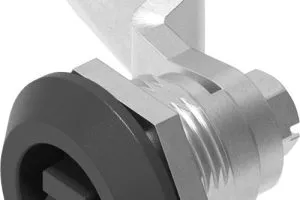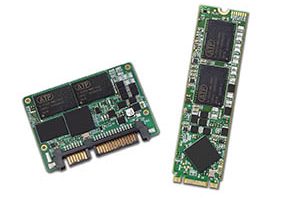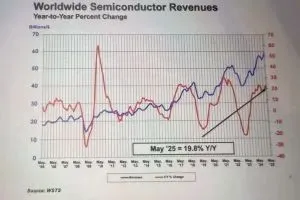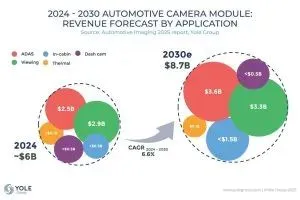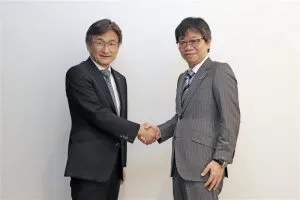
“Compared to conventional silicon power semiconductors, GaN can reduce power conversion losses and contribute to the miniaturisation of components through high-frequency operation,” according to Rohm. “Both companies will collaborate to transform these strengths into a package that considers the entire vehicle, and into solutions that innovate in weight reduction and design, [aiming]to materialise the concept and unveil a demonstration model within FY2025, with practical implementation targeted for FY2027.”
While the automotive industry has embraced silicon carbide for its extreme ruggedness when switching high voltages, it is yet to fall in love with gallium nitride – despite the miniaturisation that GaN makes possible.
Reasons include: GaN’s susceptibility to transient over-voltage damage, the need for additional engineering skills to cope with its extreme switching speed, and its short reliability history (without the track record of silicon behind it).
None of these are show-stoppers, and reliable GaN-based equipment is being made every day, but the automotive industry is notoriously risk-averse.
Mazda and Rohm have already established a relationship by working together on SiC electronics since 2022.
“We are excited to work together to create a new value chain that directly connects semiconductor devices and cars,” said Mazda CTO Ichiro Hirose (left in photo).
“Collaboration with a wide range of companies is essential, and we have established various partnerships for the development and mass production of GaN,” said Rohm board member Katsumi Azuma (right). “By collaborating with Mazda, we will understand the requirements for GaN from the perspective of application and final product development.”
 Electronics Weekly
Electronics Weekly
